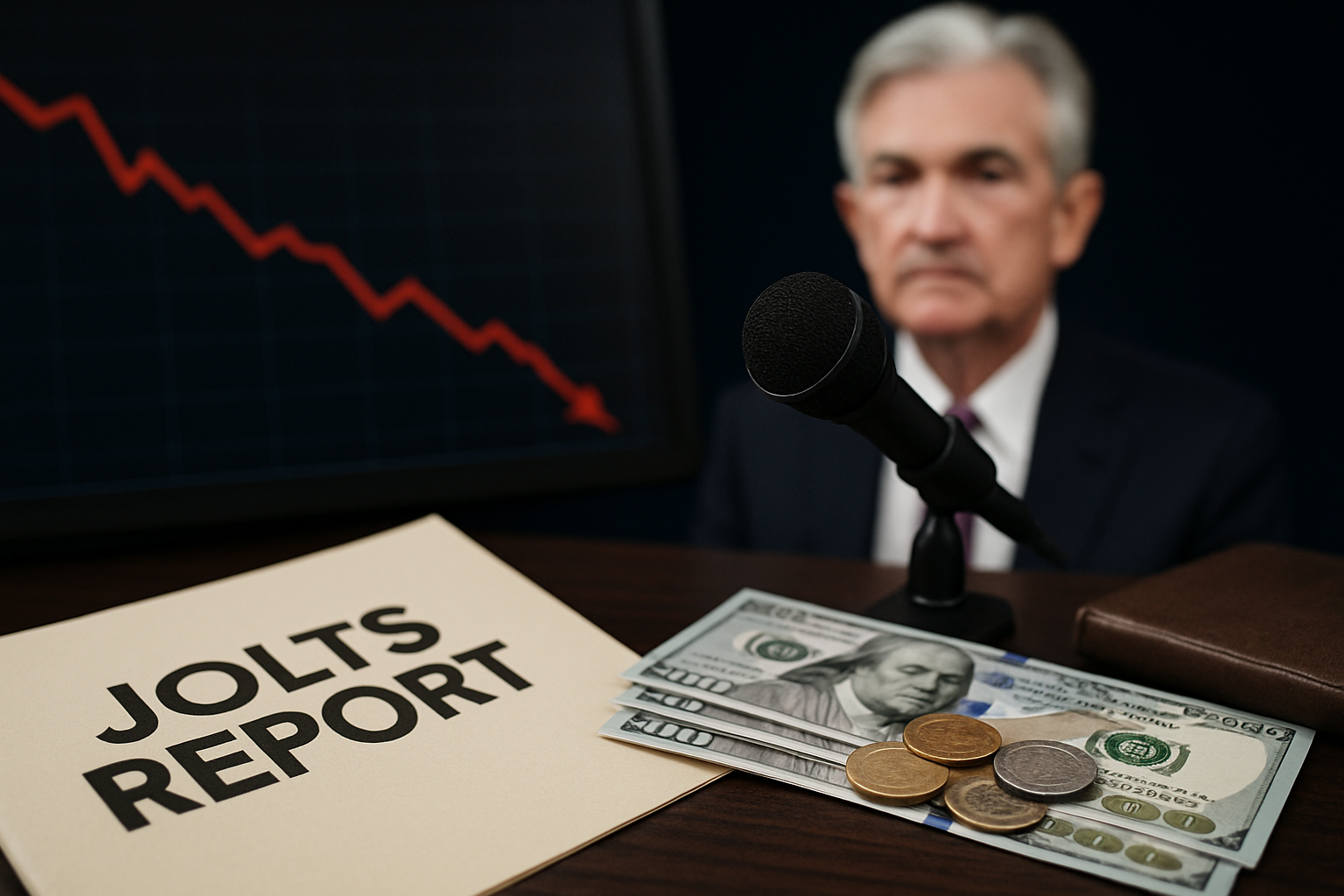As record-breaking wildfires sweep across North America, governments and private contractors are scrambling to bolster their aerial firefighting fleets. Into this growing market steps De Havilland Canada, with its next-generation waterbomber, the DHC-515 Firefighter. Reuters reports that the aircraft, designed to scoop water directly from lakes and reservoirs, is being positioned as a critical tool for regions facing increasingly destructive fire seasons. The company projects global demand of 250 to 350 units, signaling a potentially lucrative market for aerospace and defense investors.
Why This Matters for Investors
Climate-driven disasters are not only reshaping communities but also creating new markets in climate adaptation and resilience. The wildfire crisis is particularly acute: according to data from the U.S. National Interagency Fire Center, the average acreage burned annually has doubled in the last 20 years. This surge has forced policymakers to rethink emergency preparedness and invest in infrastructure capable of responding at scale.
De Havilland’s DHC-515 enters the market at a time when both the U.S. and Canada are under pressure to modernize firefighting fleets, many of which are aging and stretched thin. Analysts at McKinsey and S&P Global have noted that adaptation-focused industries, from wildfire suppression to climate-resilient construction, are likely to see sustained funding as governments adapt to the new normal.
Market Opportunities
For investors, the aerospace and defense sector is diversifying beyond traditional military contracts. Specialized firefighting aircraft represent a niche yet expanding segment. De Havilland’s DHC-515 program not only offers direct exposure to this trend but also generates opportunities across the supply chain:
- Manufacturing & Parts Suppliers: Firms producing avionics, water tanks, and sensor systems could benefit from large-scale procurement orders.
- Public-Private Partnerships: Governments are increasingly outsourcing firefighting operations, opening doors for service providers and financing partners.
- Cross-Border Demand: With fire risks rising in Europe and Australia as well, international demand could further expand the addressable market.
Risks and Constraints
Despite the clear demand, investors should approach with caution. Aerospace programs are inherently capital-intensive, with significant upfront costs in tooling, certification, and regulatory approval. Procurement cycles can be slow and politically influenced; governments may delay or scale back purchases depending on budget priorities. Additionally, climate-related insurance costs and regulatory scrutiny may add complexity to project economics.
Future Trends to Watch
- Integration of Drone Technology: Unmanned systems for surveillance and initial response could complement manned waterbombers, creating a multi-tiered aerial firefighting ecosystem.
- Government Climate Spending: Watch for allocations in U.S. and Canadian federal budgets tied to disaster resilience, as they directly impact procurement pipelines.
- Insurance and ESG Impact: Insurers and ESG-focused funds are pushing for proactive resilience measures. Companies enabling wildfire mitigation could see stronger access to sustainable finance.
Key Investment Insight
The DHC-515 rollout highlights how climate adaptation is becoming a driver of aerospace innovation. For investors, this signals opportunity in a sector traditionally driven by defense and commercial aviation. While risks remain, firms aligned with climate resilience—whether through aircraft manufacturing, sensor integration, or aerial services—are well-positioned for long-term demand. Monitoring De Havilland’s contracts, supplier partnerships, and government funding announcements will be critical for capturing value.
For those looking to diversify into climate adaptation plays, De Havilland’s move offers a timely case study in how emerging industries intersect with pressing environmental needs.
Stay ahead of the curve with MoneyNews.Today for daily insights on market-shaping developments and actionable investment opportunities.





